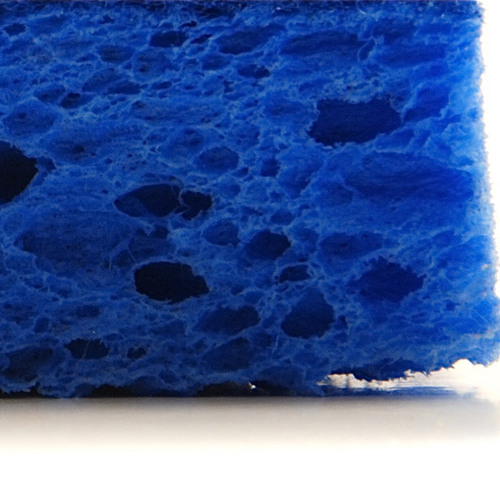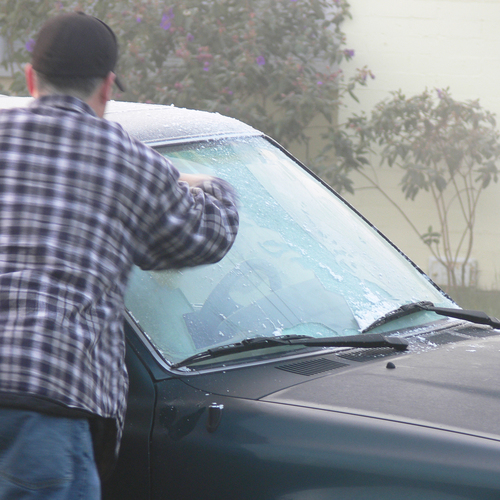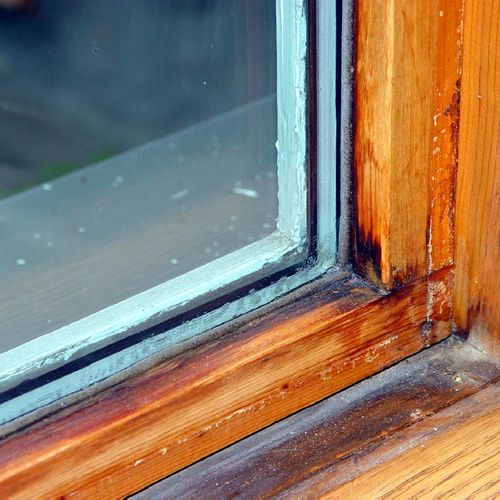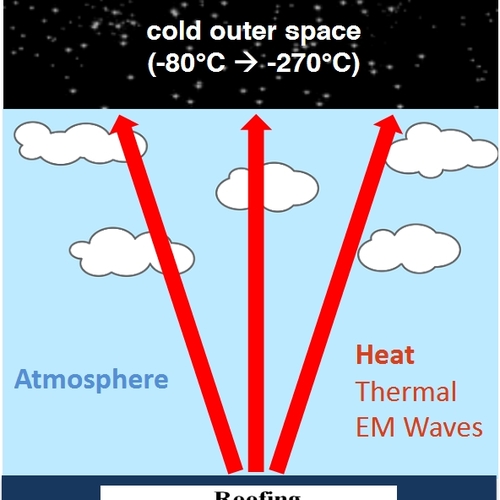
When vacationing in warm locations, I’ve had several opportunities to go snorkeling. Over the years, I’ve used a number of different swim masks, and like anyone who spends time snorkeling, I sometimes have to deal with irksome condensation issues.
The interior side of the glass on a swim mask eventually fogs up. To delay the development of condensation, snorkelers usually apply a surfactant to the interior side of the glass before putting the mask on; examples of surfactants include saliva, baby shampoo, or commercial products intended to delay the onset of condensation. (For more information on how these surfacants work, see “How Does Spit Work in Defogging a Scuba Mask?”)
Even when a snorkeler conscientiously installs a surfactant, however, the surfactant can’t remain effective forever. Eventually moisture inside the mask (either condensation or ocean water that leaks in the perimeter of the mask) washes away the surfactant, and the laws of physics take over. Assuming that the ocean is cool enough to lower the glass temperature below the dew point of the air inside the mask, condensation will form on the inside of the glass.
The glass is cooler than the dewpoint of the air
Let’s review how this type of condensation forms. When a snorkeler is swimming, the temperature of the glass in the mask drops due to contact with the ocean. To pick a number, let’s say that that the ocean temperature is 78°F. As the swimmer moves through the water, the swimmer perspires. The perspiration evaporates from the swimmer’s face into the air contained by the mask, so the relative humidity of that air increases until some maximum level — the equilibrium level — is reached. Presumably, that level is 100% relative humidity.
If the glass temperature has dropped to the dew point of…
Weekly Newsletter
Get building science and energy efficiency advice, plus special offers, in your inbox.

This article is only available to GBA Prime Members
Sign up for a free trial and get instant access to this article as well as GBA’s complete library of premium articles and construction details.
Start Free TrialAlready a member? Log in















4 Comments
A reader with more entrepreneurial drive would see this as an opportunity to incorporate mechanical ventilation into the mask. Perhaps via the snorkel?
After several days of snorkelling I find myself beginning to pester, rather than just observe, the fish and other fauna. Something my wife describes as a character defect.
Malcolm,
Your idea, unfortunately, has no merit, since a snorkel has no connection to the air in a mask. Clearly, the correct invention would be a tube-within-a-tube secondary snorkel, rising directly from the mask, and equipped with a fan and a waterproof battery.
I was worried that the photo taken by my wife might be interpreted as pestering. Actually, I was minding my own business, and the stingray decided to swim under me.
This is the perfect place to mention full-face respirators, which everybody working with insulation, or spending more than a couple weekends in attics and crawlspaces should be wearing. (I'm talking to you insulators in a paper mask) You'll never feel better at the end of the day than when wearing a full-face.
The relevance to the article is that the masks I use first pull fresh air from the filters in behind the lens and then through one way valves to the half mask within, continuously washing the lens with fresh air. I've realized this is critical to it not fogging and is honestly just barely enough in certain conditions.
There's a curious full-face snorkel mask on the market appears to employ the same concept. I believe some full-face scuba masks do as well.
https://www.leisurepro.com/p-oedamo/ocean-reef-aria-full-face-snorkeling-mask-medium-large-orange
Andy,
Thanks for the reminder about full-face respirators.
It's certainly possible that the full-face swim masks are less prone to condensation. I haven't tried one yet -- but I've heard that they are best for beginning snorkelers who keep their head at the surface. For the rest of thus -- those of us who like to dive deep, looking for octopus and eels -- it's not appropriate, because it's too easy for water to enter the mask.
Log in or become a member to post a comment.
Sign up Log in